Six vases become 28 jewels in Boucheron’s new high jewellery collection
Creative director Claire Choisne nods to the Japanese art of flower arranging with vases that disassemble into high jewellery rings, necklaces, brooches and more
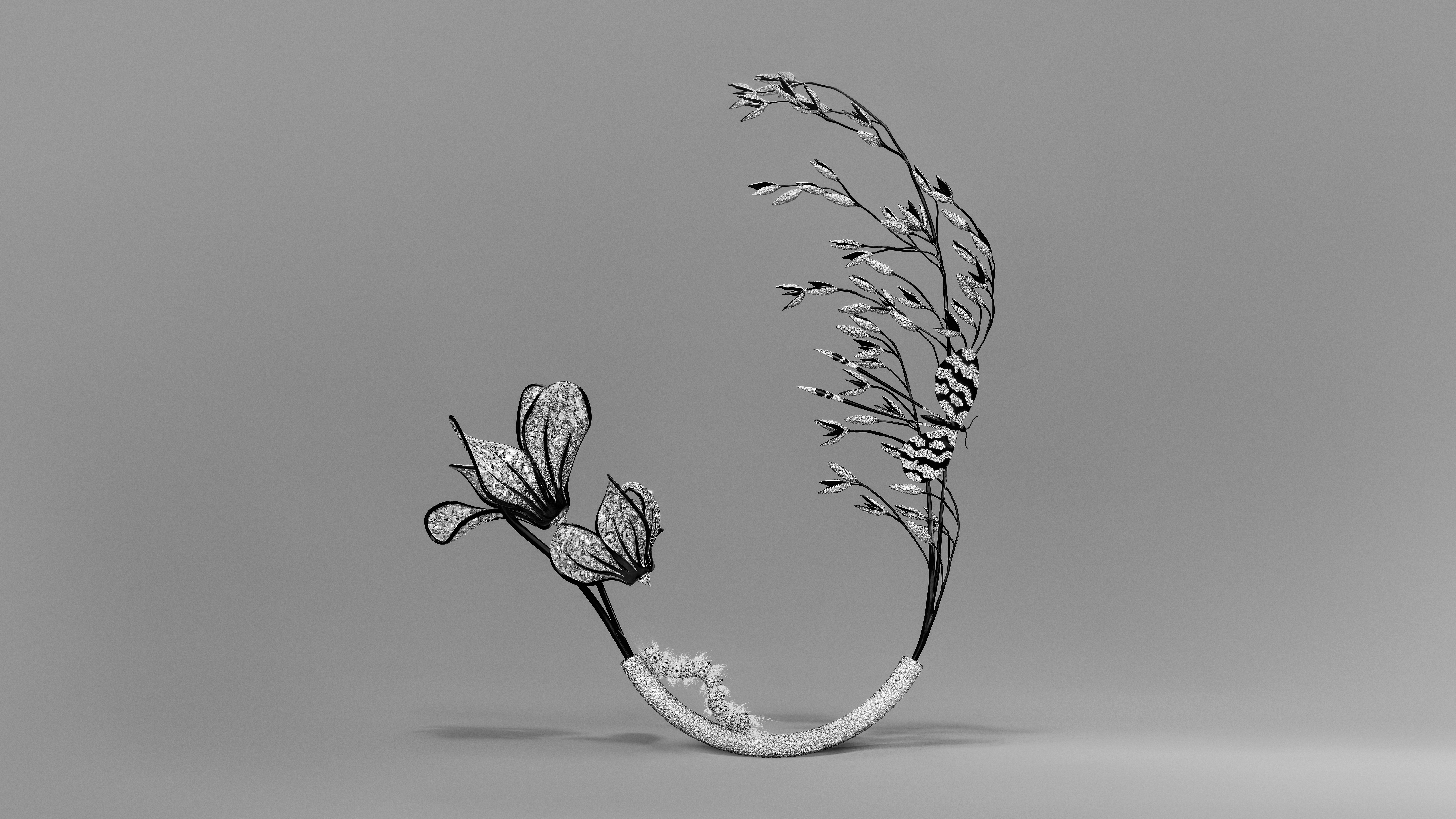
Boucheron’s ‘Carte Blanche’ – the maison’s umbrella name for its summer high jewellery collections – is a laboratory of unrestrained creativity, known for producing never-seen-before jewels. In the past, we have seen aerogel encased in rock crystal, capturing the weightlessness of the sky; a matching set of a cuff and a magnetic pocket (yes, a high-jewellery pocket!) in retina-searing, clashing colours; and smooth pebbles gleaming with diamonds.
And yet, even by the outlandish standards of ‘Carte Blanche’, its latest opus, titled ‘Impermanence’, took everyone by surprise.
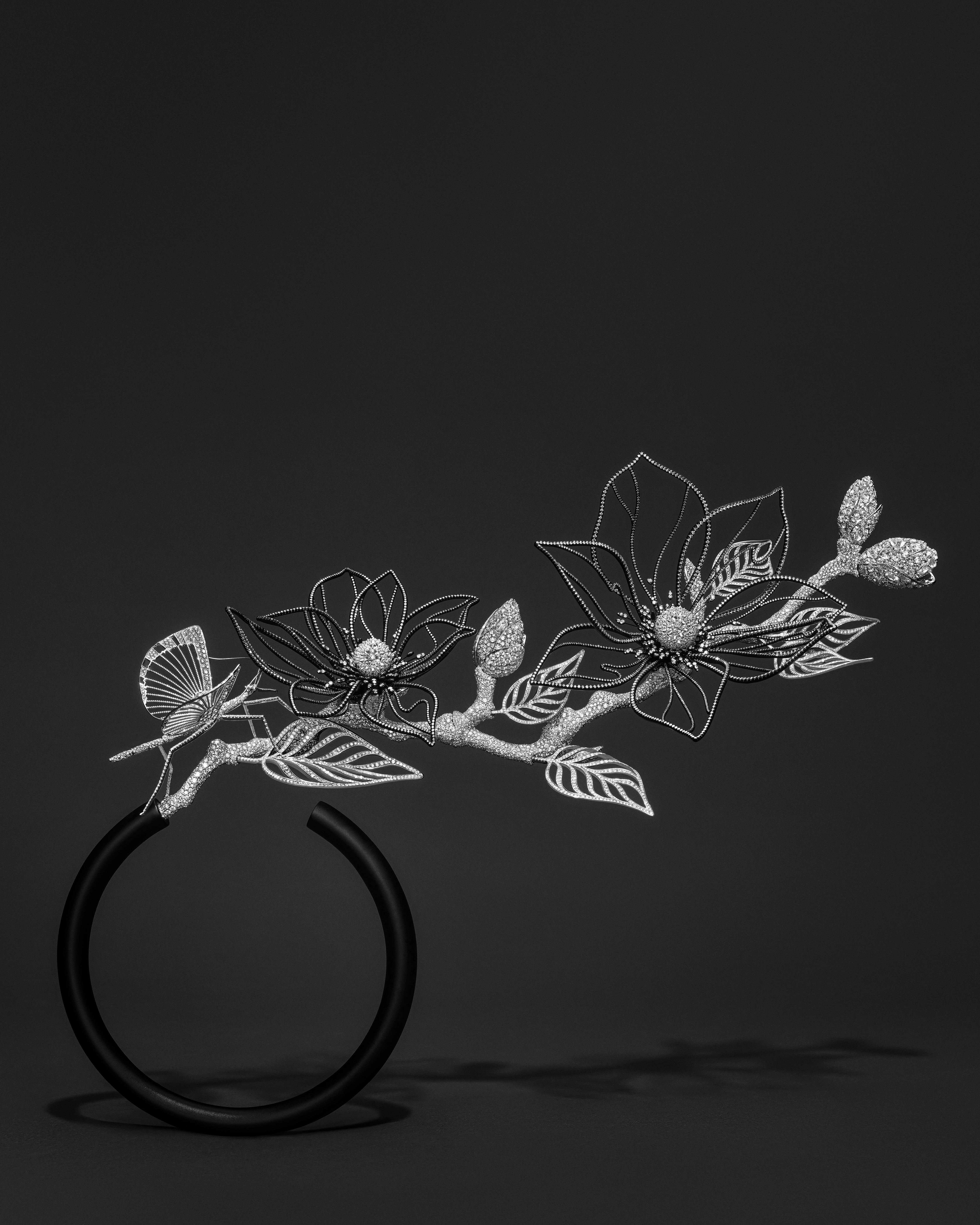
At the preview, Boucheron’s creative director Claire Choisne swept her arm toward a table set with six sculptural vases-cum-floral arrangements and declared, ‘Voilà!’, begging the question, ‘Where are the jewels?’
For this collection, Choisne was inspired by the Japanese art of ikebana, or flower arranging, also looking to the philosophy of wabi-sabi, which celebrates imperfection and transience. From this, she conceived a series of transformable artworks. Each vase can be disassembled into individual pieces of high jewellery, so that the vases transition to a new life as necklaces, earrings, brooches, rings, even headpieces. In doing so, Choisne distilled the very meaning of ikebana, which consists in giving life to flowers.
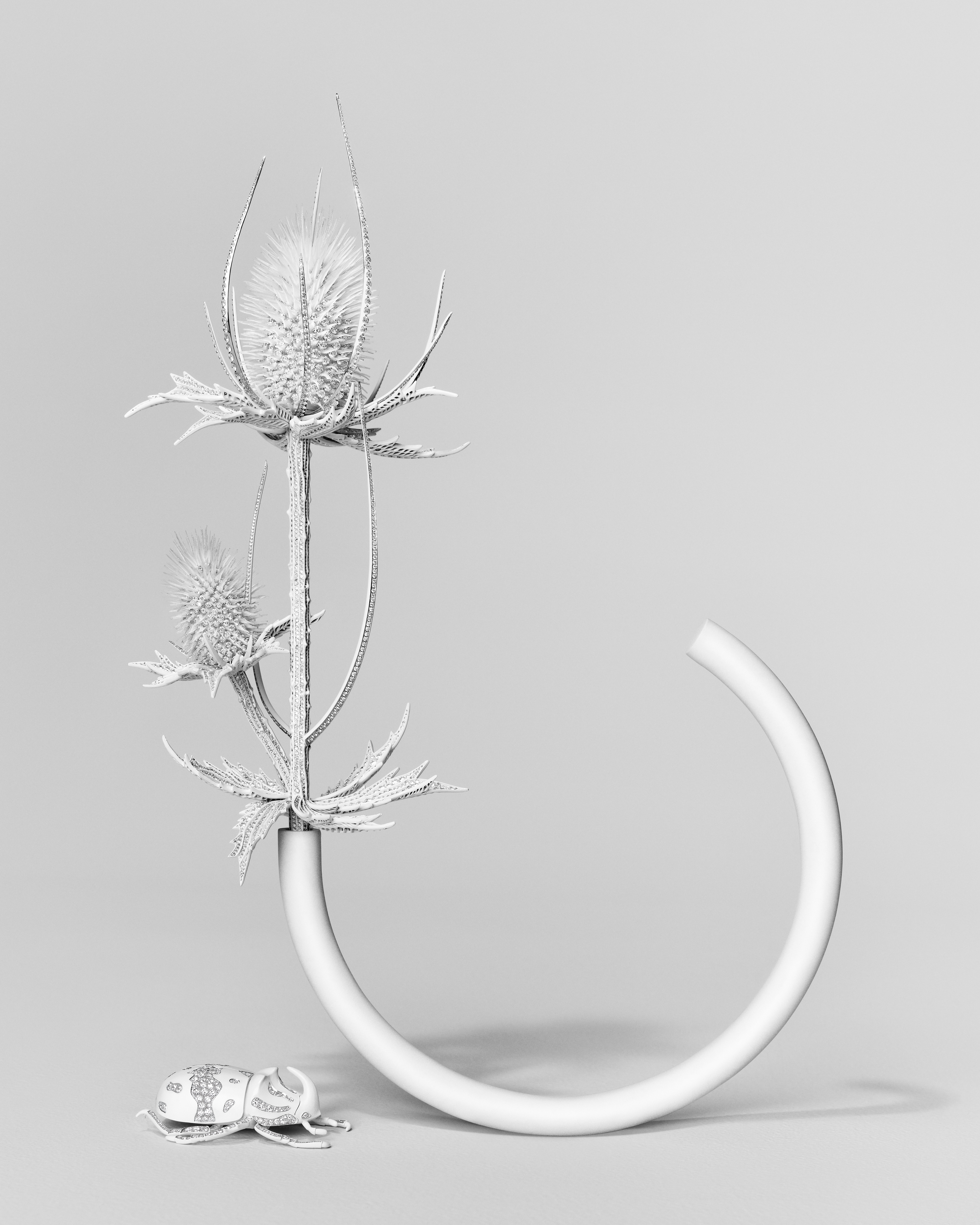
Ranging from bright white to all-black, the six vases collectively evoke nature’s fragility and elemental impermanence – hence the collection’s name. Individually, each vase, its form nodding to the loop and tail of Boucheron’s classic ‘Question Mark’ necklace, is both an ode to a specific flower and a testament to the atelier’s technical mastery. ‘Composition No. 5’, for instance, unites two symbols of resilience and strength, a fierce thistle rising tall from a curved base and a miniature rhinoceros. To achieve the flower's spiky head and stem, Boucheron’s artisans engaged in extensive research, pioneering ultra-high-resolution 3D printing technology, and over 2,800 hours of meticulous work. More than 600 diamonds were secured into the plant-based resin using a novel ‘couture’ setting technique. The composition easily breaks down into a large thistle-shaped brooch, a double-finger thistle ring and a rhinoceros brooch.
And the boundary-pushing innovations don’t end there. ‘Composition No.1’, a dramatic burst of pitch-black sweet peas and poppies, with a butterfly perched delicately on a stem, as if caught in a sudden gust of wind, is coated in Vantablack, the darkest material ever created, absorbing 99.9 per cent of light. This radical approach defies jewellery’s traditional purpose of capturing and reflecting light, yet perfectly aligns with Choisne’s meditation on nature's impermanence.
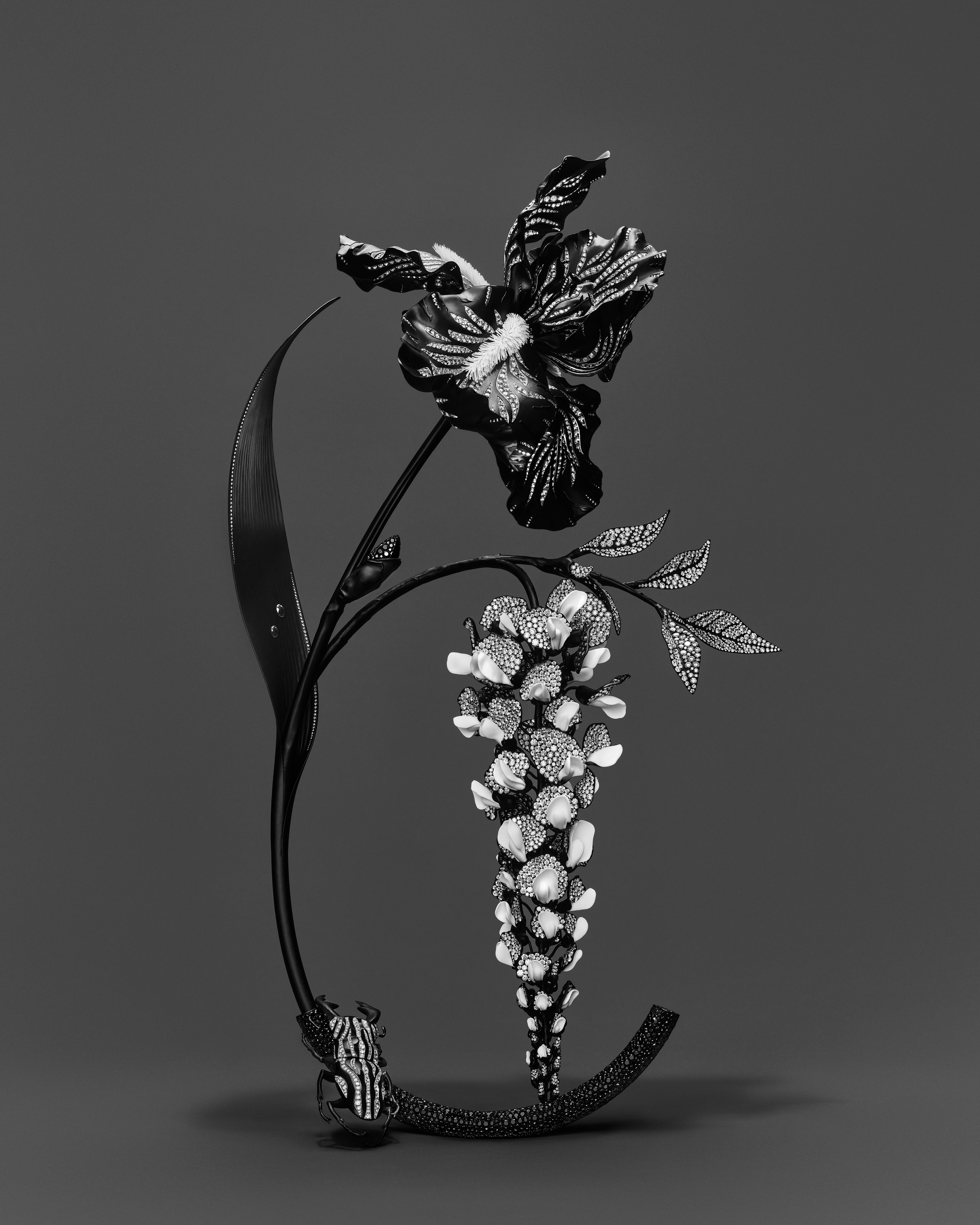
‘This collection is unlike anything we’ve presented before,’ says Boucheron CEO Hélène Poulit-Duquesne. ‘With “Impermanence”, Claire Choisne offers her most personal tribute to nature yet – one that explores not only its beauty but also its fleeting essence. It conveys both admiration for, and concern about its transience and fragility.’
Receive our daily digest of inspiration, escapism and design stories from around the world direct to your inbox.
Boucheron’s approach has not gone unnoticed by cultural commentators. Laurent François, of Paris-based creative agency 180, observes that in an age of ‘social media overload and aesthetic fatigue, Boucheron isn’t innovating for novelty’s sake but as part of a liberating exploration of creativity and technical mastery, inspired by a simple question: ‘What if?’”
-
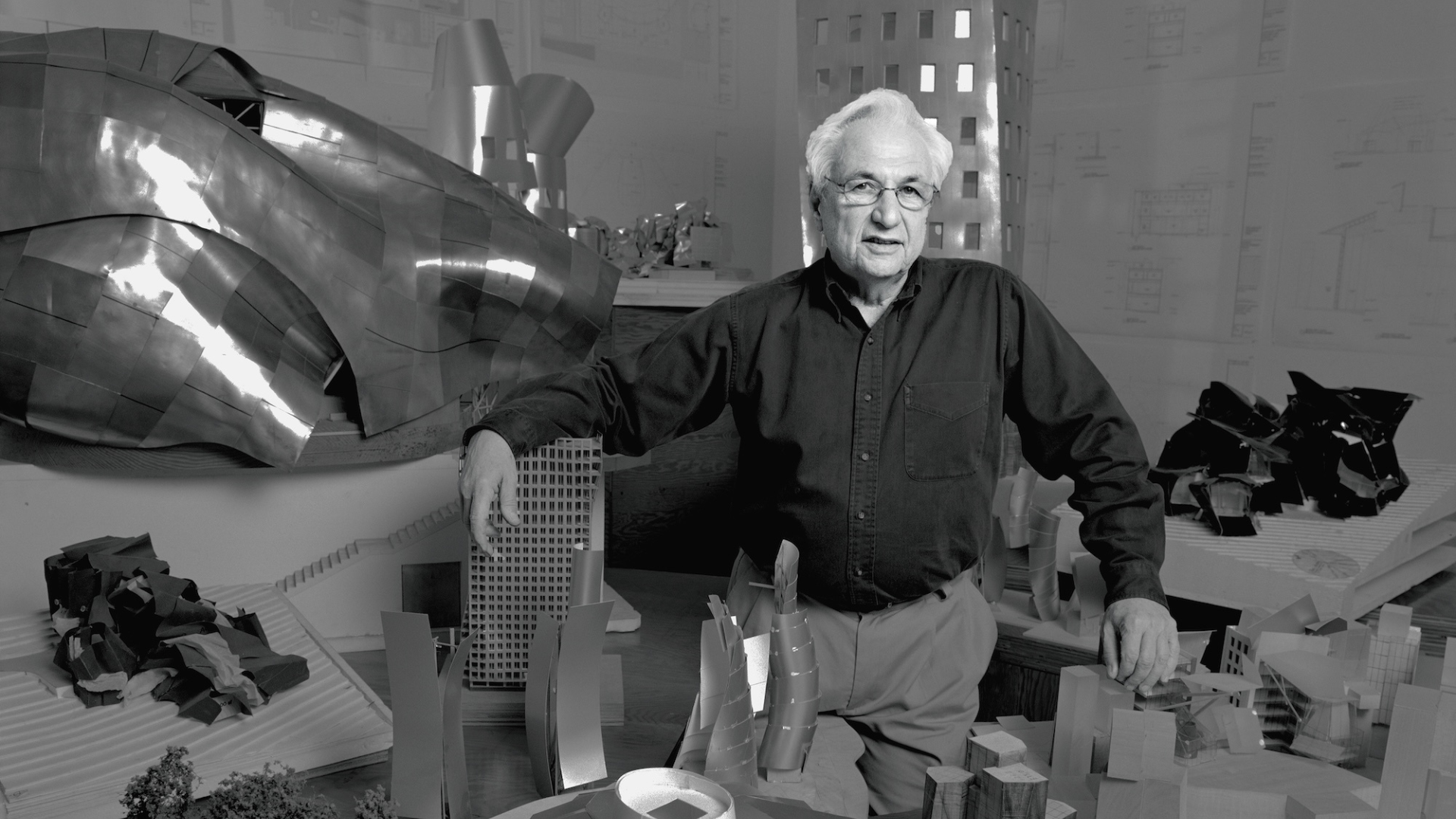 Remembering Frank Gehry, a titan of architecture and a brilliant human being
Remembering Frank Gehry, a titan of architecture and a brilliant human beingLong-time Wallpaper* contributor Michael Webb reflects on the legacy of the Los Angeles architect, who died today at age 96
-
 Lexus finally confirms the name of its all-electric LFA Concept supercar
Lexus finally confirms the name of its all-electric LFA Concept supercarStill designated a design study, the Lexus LFA Concept should be the successor to the most unlikely of all 20th-century supercars
-
 King of cashmere Brunello Cucinelli on his new biographical docu-drama: ‘This is my testimony’
King of cashmere Brunello Cucinelli on his new biographical docu-drama: ‘This is my testimony’Directed by Cinema Paradiso’s Giuseppe Tornatore, ‘Brunello: the Gracious Visionary’ premiered in cinematic fashion at Rome’s Cinecittà studios last night, charting the meteoric rise of the deep-thinking Italian designer
-
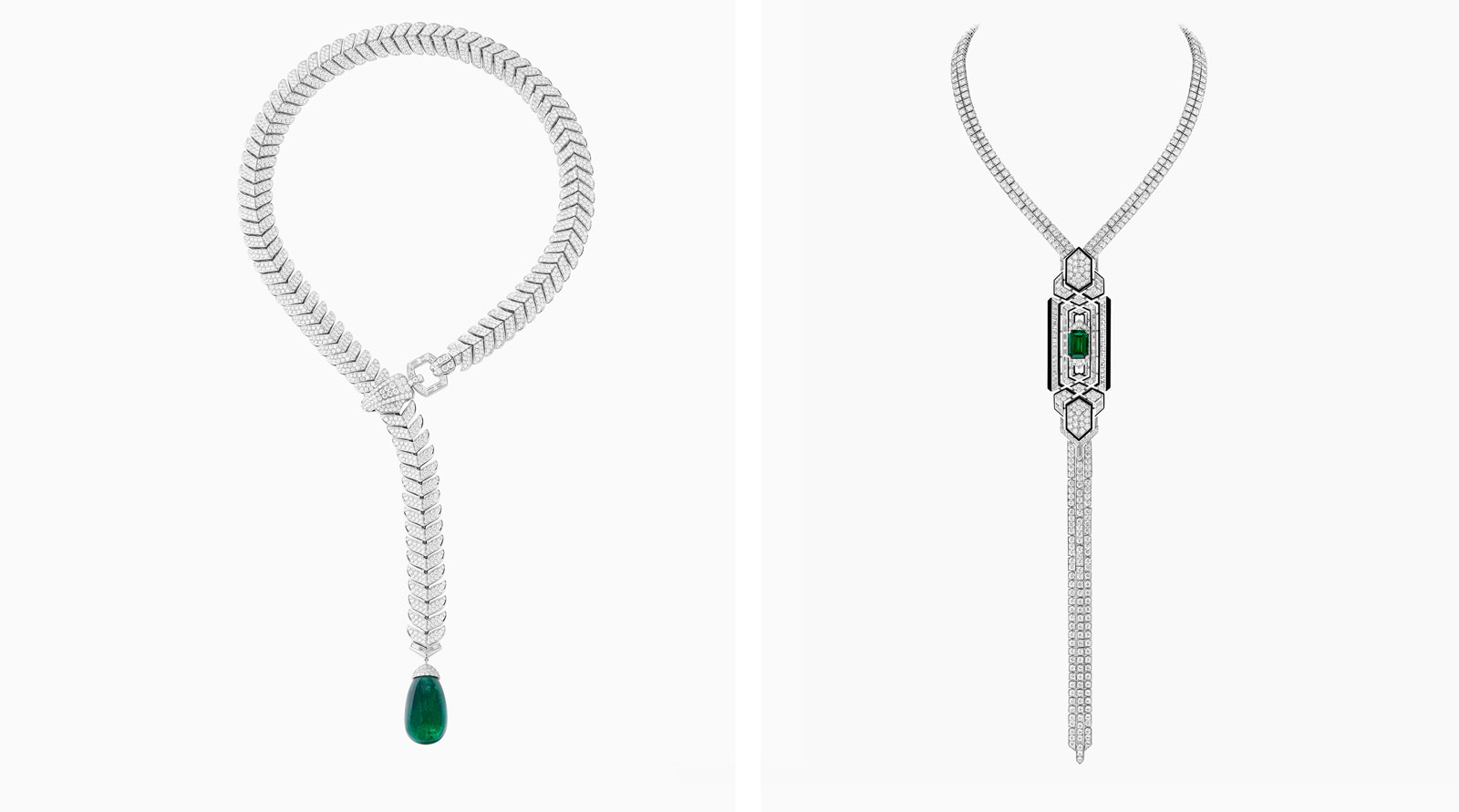 Boucheron’s 2021 high jewellery collection launches at Paris Couture Week
Boucheron’s 2021 high jewellery collection launches at Paris Couture WeekArt Deco jewellery from the archives inspires this year’s new pieces
-
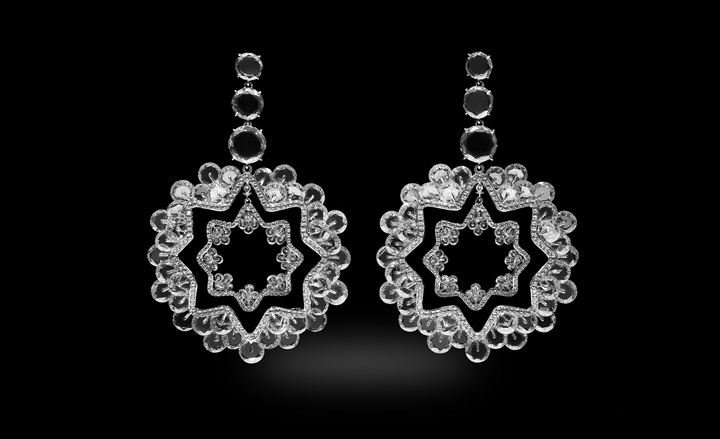 'Brilliant' diamond exhibition at Masterpiece London 2012
'Brilliant' diamond exhibition at Masterpiece London 2012